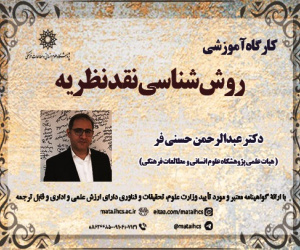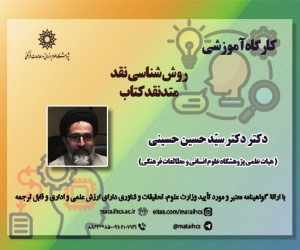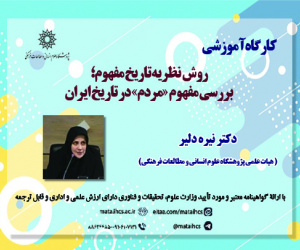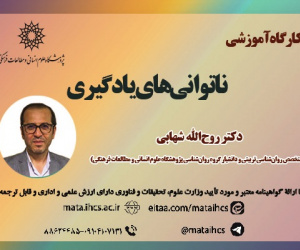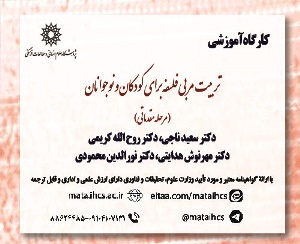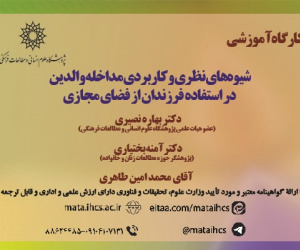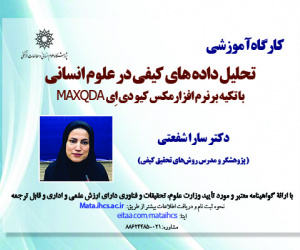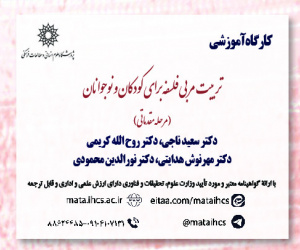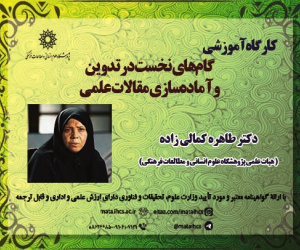عوامل مؤثر بر مهاجرت از ایران با تاکید بر تورم و بیکاری (مقاله علمی وزارت علوم)
درجه علمی: نشریه علمی (وزارت علوم)
آرشیو
چکیده
مهاجرت از ایران به دلیل شتاب آن در یک دهه اخیر نیازمند بررسی عوامل مؤثر بر آن است. زیرا اغلب مهاجران، جوانان و تحصیل کردگان هستند که خروج آنان می تواند مشکلات اقتصادی، اجتماعی و جمعیتی به همراه داشته باشد. تحقیق حاضر در پی آن است تا مهم ترین عوامل مؤثر بر پدیده مهاجرت از ایران به کشورهای اصلی مقصد مهاجرت با تاکید بر سه عامل کلیدی تورم، بیکاری و بی ثبات سیاسی را شناسایی نماید. برای این منظور، عوامل مؤثر بر مهاجرت بین المللی از ایران طی دوره 2010-2021 به روش گشتاورهای تعمیم یافته دو مرحله ای، برآورد گردید. براساس نتایج حاصل از برآورد، شاخص تورم، بیکاری و بی ثباتی سیاسی در ایران، و رشد اقتصادی در کشورهای مقصد مهاجرت از عوامل انگیزشی مهاجرت بودند در حالی که، بهبود شاخص توسعه انسانی و افزایش درآمد سرانه ایران از عوامل بازدارنده ی مهاجرت بودند. شایسته است که سیاست گذاران پولی کشور در یک نگرش جامع، تورم را نه فقط کاهش ارزش پول ملی، بلکه از دست دادن مشاغلی که قدرت تاب آوری در شرایط تورم ندارند و ناچار به تعطیلی فعالیت خود هستند، بیکاری گسترده و خروج سرمایه انسانی از کشور بدانند. این خروج نه تنها رشد اقتصادی را می تواند به خطر بیاندازد بلکه می تواند با تغییر در ساختار سنی جمعیتی به بسته شدن پنجره طلایی جمعیت در کشور شتاب دهد. هم چنین، انتظار بر این است که سیاست گذاران مالی کشور با سیاست های مناسب در پهنه اقتصاد و اجتماع و ایجاد جو باثبات سیاسی و شتاب در بهبود وضعیت بازار کار متناسب با تحصیلات، مانع خروج رو به افزایش نیروی انسانی و هدر رفت سرمایه های انسانی شوند.Factors Influencing Emigration from Iran: The Role of Inflation and Unemployment
Due to the increased emigration from Iran over the last decade, it is necessary to examine the factors that influence it. Since most emigrants are young and educated individuals, their departure can cause economic, social, and demographic challenges. Therefore, in this research, we examine the most important factors influencing migration from Iran to its main destination countries, emphasizing three key factors: inflation, unemployment, and political stability. Using the two-stage generalized moment method, factors affecting international migration from Iran between 2010 and 2021 were estimated. According to the results, inflation, unemployment, political instability in Iran, and economic growth in the destination countries serve as motivational factors for migration. In contrast, improvement in the human development index and increase in per capita income function as deterrents. Policy makers should recognize that inflation not only leads to the devaluation of the national currency but also results in job losses for businesses unable to withstand inflationary pressure, ultimately causing widespread unemployment and driving human capital out of the country. This migration threatens economic growth and accelerates the closure of the population's golden window by changing the age structure. Financial policymakers are encouraged to adopt appropriate strategies to create a stable political environment and improve labor market conditions through education, ultimately reducing the outflow of human capital and preventing the waste of valuable resources.
